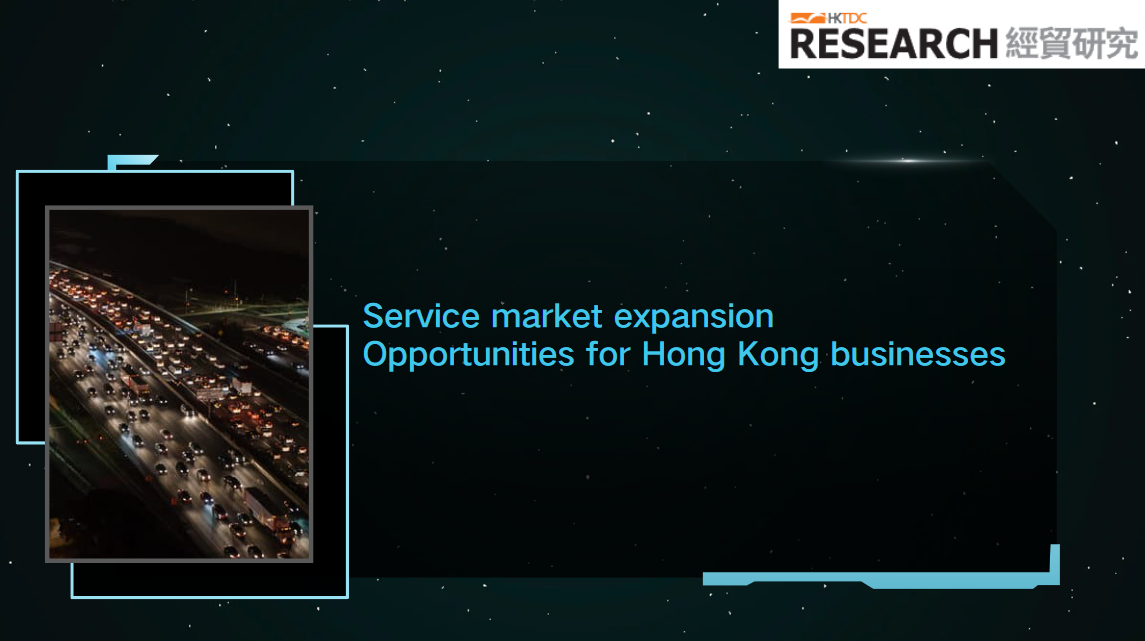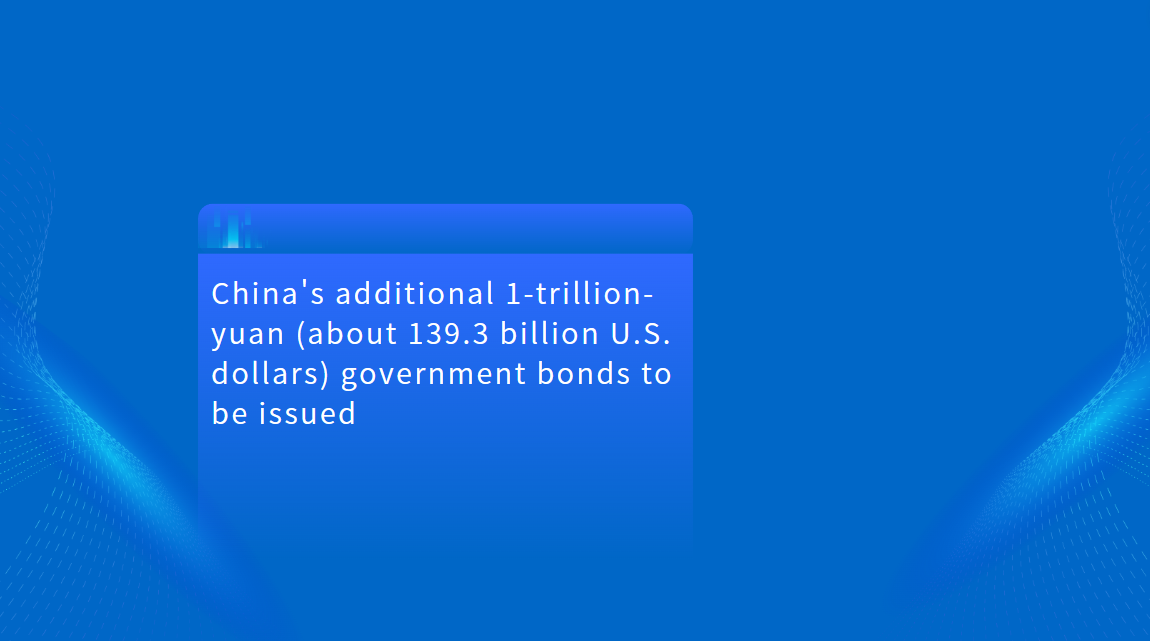Shenzhen's Qianhai Revolution: A Golden Opportunity for Global Investors
Shenzhen is entering a new era. With the rollout of its Opinions on Deepening Reform, Innovation and Expanding Opening-Up in Shenzhen, the city is accelerating a strategic transformation in Qianhai and the Hetao zone. For international investors, tech firms, trade financiers, and professional service providers, this is not just a policy update—it's a gateway to engaged, rule-based participation in China's most dynamic economic frontier.
Shenzhen has long been a laboratory for economic liberalization. In 2024, Qianhai reported a GDP of RMB 300.88 billion—up 8.6% year over year—and RMB 706.65 billion in trade, growing 42.4%. Foreign investment hit RMB 26.65 billion, accounting for 60% of Shenzhen's total. Yet, new policy unleashes even more ambitious change.
Shenzhen's leadership has framed Qianhai as “a special zone within a Special Economic Zone,” authorized to pilot high-impact reforms from Beijing. These reforms target four critical areas: capital flow, talent mobility, trade liberalization, and digital connectivity—each with implications for global stakeholders.

High-Impact Reforms Ready for Global Players
Unlocking Cross-Border Capital: IPOs, Securities, and Financial Markets
Qianhai plans to evolve into a hub for Hong Kong IPOs, facilitating mainland companies listing overseas via a streamlined incubation platform. Leveraging Hong Kong's improved legal, regulatory, and pricing infrastructure, Shenzhen combines its industrial capacity with world-class capital markets—an ideal blend for international financiers, M&A advisors, and PE funds.
Additionally, Qianhai will allow foreign individuals to open securities accounts, signaling deeper financial integration and more accessible cross-border investment opportunities. Meanwhile, trial expansions of QFLP and QDIE schemes underscore Shenzhen's support for outbound investment and RMB internationalization.
Legal Innovation in R&D Governance
In an unprecedented move, Qianhai will enable foreign scientists to serve as legal principals of new research institutions, bypassing traditional ownership constraints. This suggests a paradigm shift in biotech, AI, and semiconductor sectors—facilitating direct leadership by foreign talent and reinforcing Shenzhen as a locus of high-end science.
Trade Without Borders: From Physical to Digital
While China leads globally in goods trade, it has acknowledged a lag in cross-border services and digital commerce. Shenzhen's reforms directly address this:
Adoption of a negative-list framework in services, opening airwaves, financial services, and digital content to foreign participation.
Development of cross-border e-commerce and digital export platforms, including game localization and software-as-a-service expansion.
Scaling customs integration—“one-time inspection, unified certification, seamless release”—now applied to services and digital goods.
These reforms align Shenzhen with global trade norms, making it a familiar environment for foreign trade houses, insurers, and tech exporters.
Releasing the Data Tsunami: Secure, Seamless, Sovereign
China's data controls, while necessary for security, have constrained innovation and cross-border digital integration. Qianhai aims to change that through:
Deep-Hong Kong data corridor: Building a secure channel facilitating regulated real-time digital flow.
First national data brokerage center: Acting as an intermediary for non-sensitive business data.
Whitelist protocols for non-sensitive data: Allowing free movement, enabling AI and industrial digitalization to flourish.
Qu Jian of the China Development Institute put it succinctly: “Without data mobility, AI's breakthrough remains aspirational.” For digital platform operators, cloud service providers, and AI-driven enterprises, Qianhai's data frameworks mark a serious opening.
Bonus: The Hetao Innovation Zone and 24/7 Port Access
Adjacent to Qianhai lies the emerging Hetao Shenzhen-Hong Kong Science & Tech Innovation Zone, transformed from low-intensity land into a 200-project strong R&D cluster featuring national lab subsidiaries. It pioneers relaxed protocols for foreign experts—contract reforms, arbitration mechanisms, and superconducted visa/residency—all supported by the nearby Huanggang Port, which once rebuilds, becomes the only 24-hour land crossing between Hong Kong and the mainland. Under simple “one-checkpoint, one-release” processing, this facilitates real-time commuting for talent and goods—ideal for project-based, cross-border teams.
What This Means for International Stakeholders
IPO and Equity Capital Firms: Qianhai's listing “nursery” leverages Shenzhen's innovation base and Hong Kong's capital market, offering fresh pathways for cross-border fund deployment.
Trade Financiers & Import/Export Insurers: Favorable policies in customs, digital trade, and services liberalization increase ease and scope of international contracts.
Tech Innovators & AI/Cloud Providers: The new cross-border data framework and R&D governance make Shenzhen a viable location to base multinational innovation teams.
Professional Services (Legal, Tax, Accounting): Expanding recognition of international qualifications creates opportunities to support MNCs and talent flow partner operations.
ESG and Cross-Border Consultants: The zones are ripe for compliance frameworks; early movers can shape policy ecosystems supporting integrated capital, trade, and data flow.
Real-Life Impact: Case in Point
Consider a German-AI firm specializing in manufacturing optimization software. Today, it navigates cross-border data transfer restrictions and vexing R&D ownership rules. In Qianhai, it could:
Establish a China-based R&D subsidiary with its CTO as legal principal.
Secure account opening for local staff to access Chinese securities or cross-border financing.
Operate onshore—under cross-border data corridor protocols—with minimal bureaucratic risk.
This institutional possibility turns theoretical engagements into executable propositions.
Final Word: A High-Stakes Invitation
Qianhai's reforms are not incremental tweaks—they represent a fundamental redefinition of China's openness framework. If you've been recalibrating your China strategy amid geopolitical uncertainty, this is the moment to revisit. Shenzhen isn't just inviting foreign participation—it's outlining how to manage it in a secure, regulation-forward, cross-border-enabled ecosystem.
The clock is ticking. The zones will expect fast the execution and co-investment from savvy international partners. Are you ready to cross the threshold?





















































First, please LoginComment After ~